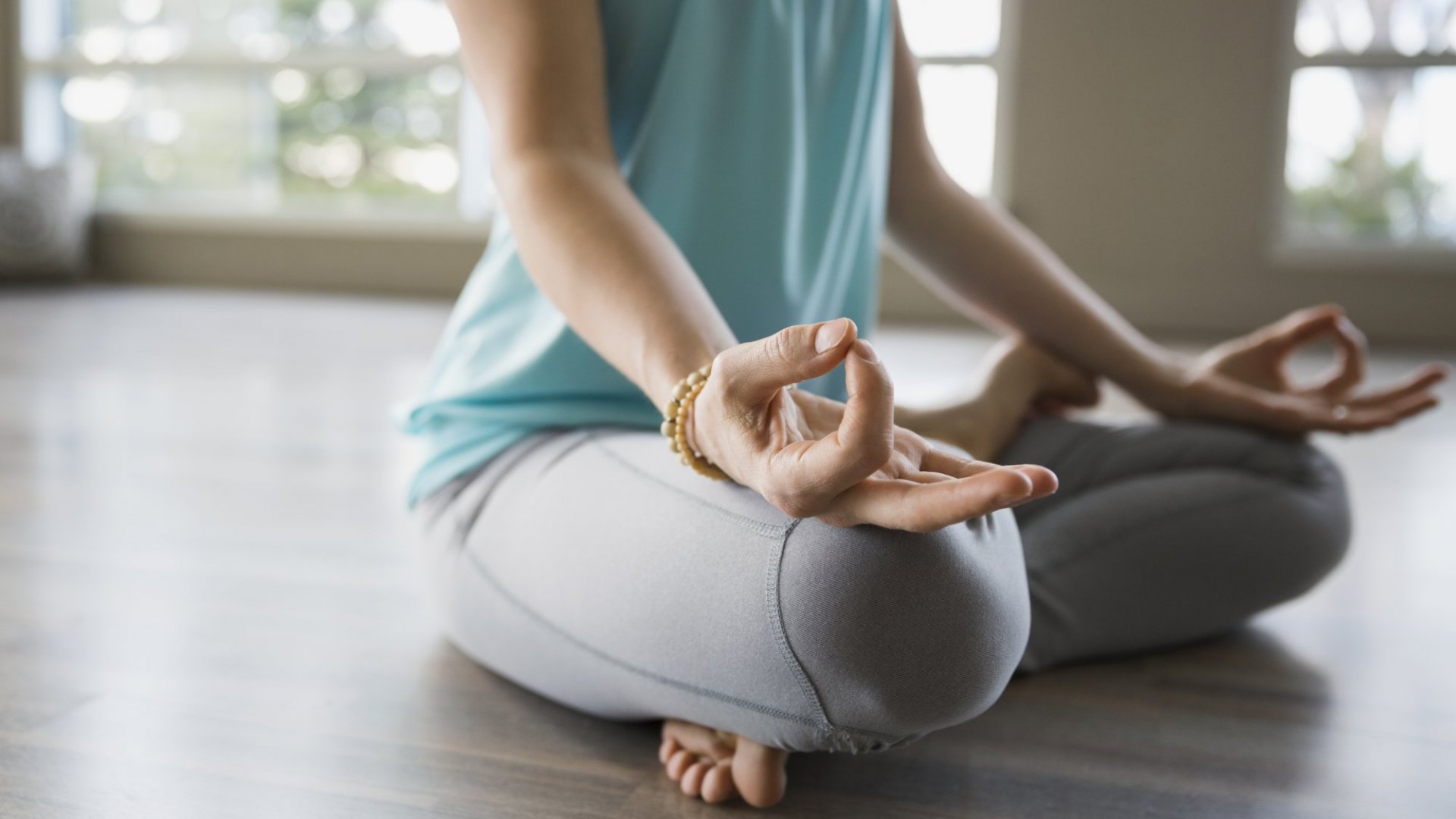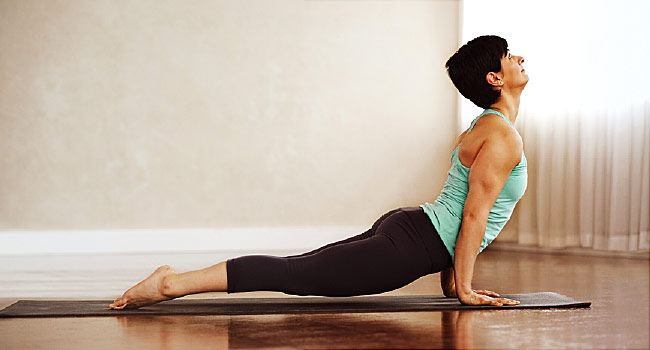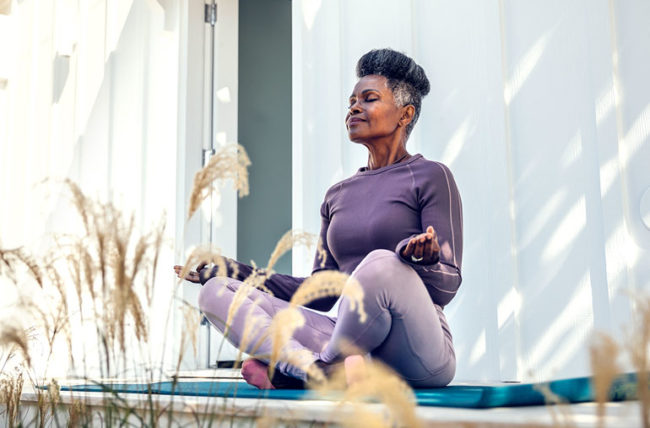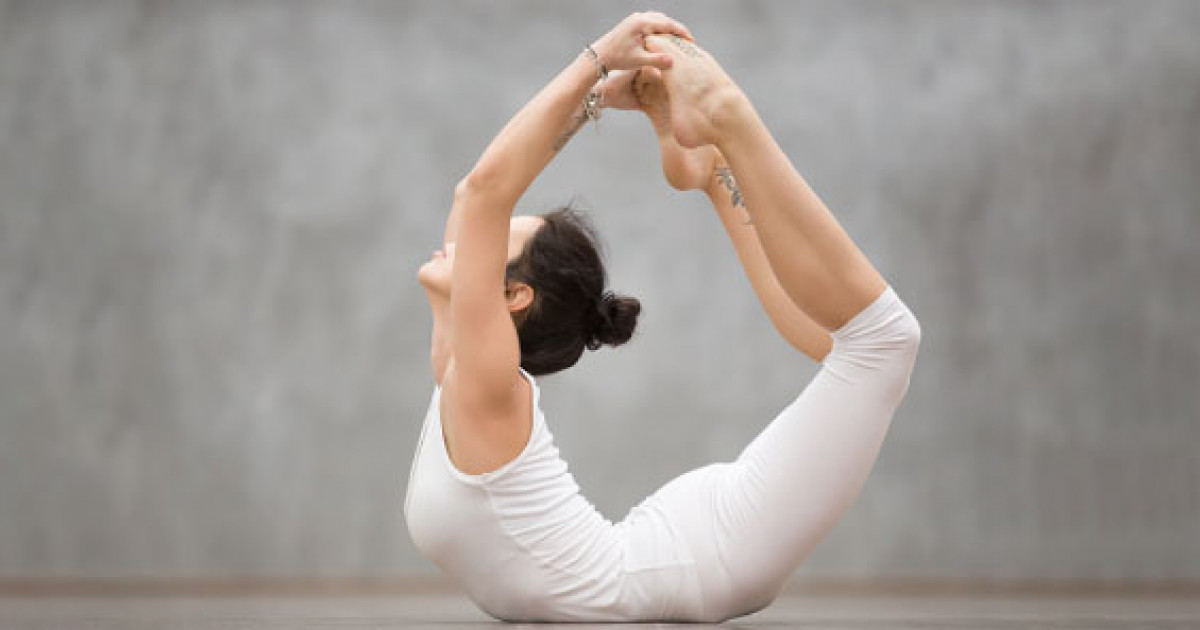What exactly is mindfulness? Mindfulness is simply a form of silent meditation where you focus intensely on what you are feeling and sensing at the moment, with no judgment or interpretation. Practicing mindfulness often includes breathing techniques, guided imagery, and various other techniques to calm the mind and relax the body. Mindfulness also involves taking time to become aware of your thoughts and your own responses to them, so that you can more readily respond to them positively.
There are many different types of Mindfulness. Some would define Mindfulness as the state where you let go of worries and concerns and are able to fully immerse yourself in being present with whatever is happening. Mindfulness can be practiced by individuals of all ages, from children to the elderly, as it does not require any special abilities or training. Some common forms of Mindfulness include: compassionate listening, being present, being mindful, being present, having fun, walking meditation, mantra meditation, and so on. There are many more, but these are the most common ones.
A recent study published in the Journal of Clinical Psychology showed that when adults were mindful during a phone conversation, their brain activity significantly increased. Mindfulness has been shown to reduce negative emotions such as anger and stress. This study found that when adults took part in brief “silent” brainwaves, they felt less anxious and negative, even while they were in a highly stressful situation. Mindfulness has been shown to improve sleep, reduce symptoms of depression, improve symptoms of anxiety, improve symptoms of stress, and can even decrease the symptoms of other health conditions, including: insomnia, depression, chronic pain, migraine headaches, and lower back pain.
Another study published in the journal Conscious Mental Behavior showed that the experience of one-on-one mindfulness leads to more accurate physiological perceptions. Participants who underwent fMRI scans while experiencing different types of painful stimuli (sharp, invasive sounds or light) reported significantly more brain activity than those who were not exposed to the pain. What’s more, the brain activity increased as the person became more mindful of the sensations. This study also showed that when participants experienced increased brain activity, their thoughts matched their feelings: more thoughts about the sensations, more feelings about the sensations. In this way, mindfulness increases awareness without judgment of self and others.
A study published in Psychological Review showed that a sample of nursing students who practiced a form of mindfulness meditation consistently experienced lower stress levels and had lower cortisol levels. The study also demonstrated that chronic daily stressors, such as job dissatisfaction and financial insecurity, contribute to higher levels of cortisol. Additionally, the researchers found that the association between stress and cortisol was mediated by the ventilator Norepinephrine, which plays multiple roles in modulating both physiological and behavioral responses. The study further revealed that chronic stressors led to increased cortisol but not a decrease in Norepinephrine. The results indicate that there is an important relationship between the two stressors and the regulation of mind and body. In other words, the findings suggest that adopting a lifestyle of mindfulness meditation could not only help individuals cope with stressors, but also prevent them from developing the symptoms of anxiety and depression.
Mindfulness can be practiced anytime and anywhere, and it doesn’t require a lot of time or money to practice. However, to reap the most benefits of mindfulness meditation, it is helpful to engage in the act during the early stages of the day. Begin by sitting comfortably in a chair, closing your eyes, breathing deeply and observing your breath for a few moments. Begin to mentally scan your entire body, paying special attention to your feet, back, neck, shoulders and head.




